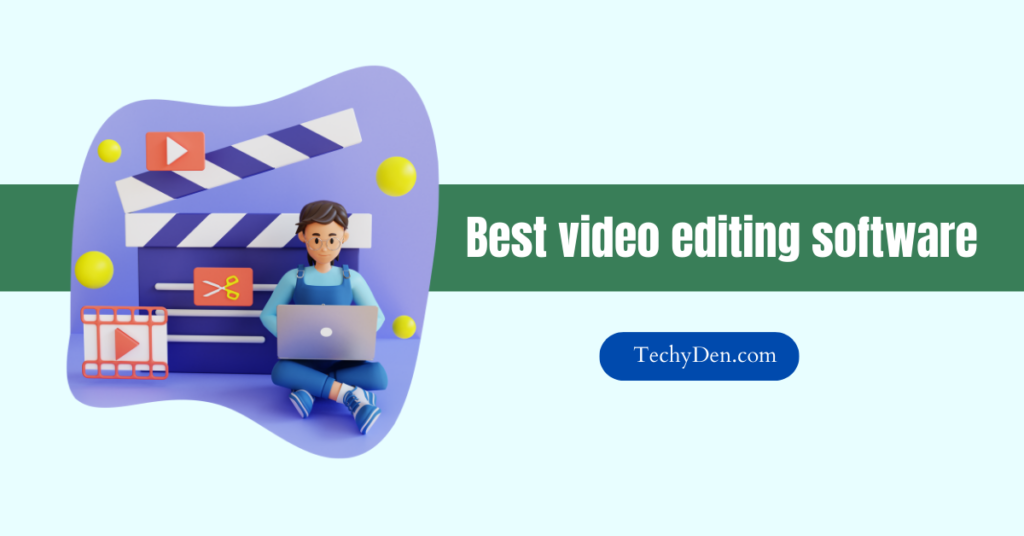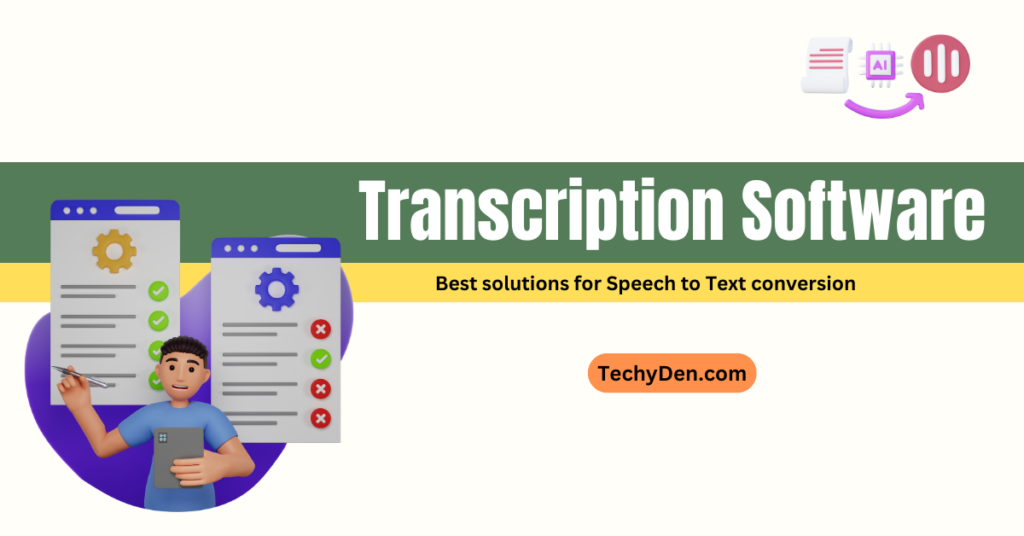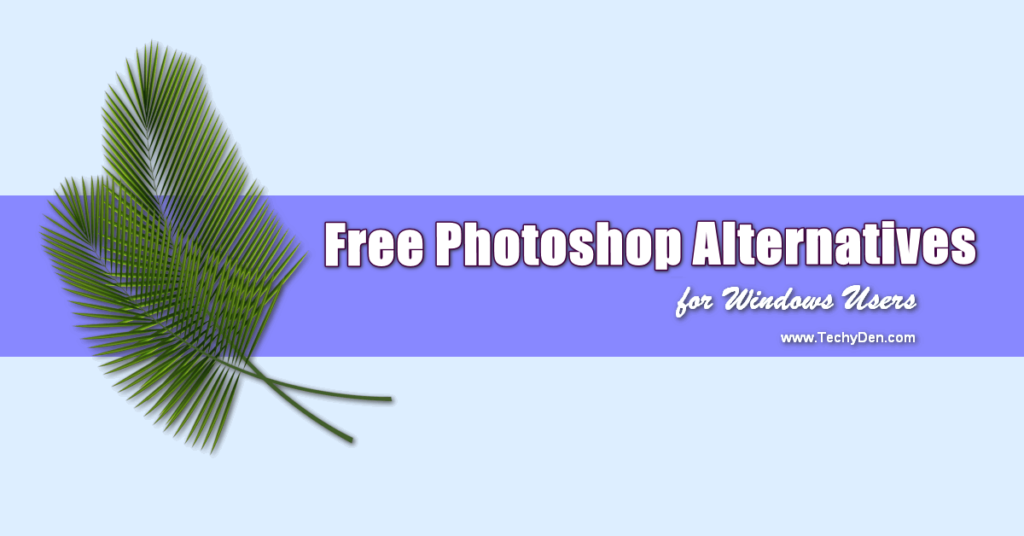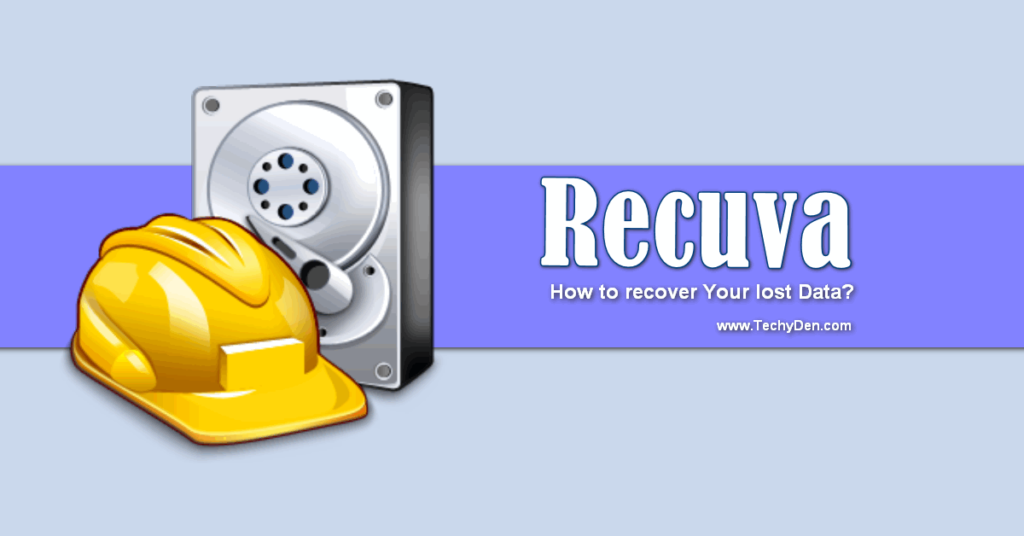Are you looking for information about Flutter, a popular new platform for making mobile apps? If yes, you can find the details of what flutter is, crieteria, pros and cons, and many more. Let us first examine “what is flutter software.”
Flutter is a mobile app development platform that helps developers create high-quality, fast, and innovative apps. Industry experts have praised Flutter for its ability to help developers create apps that run on multiple devices with minimal code changes. This is the best Android Studio alternative.
What’s more, Flutter is said to be more efficient and faster than other popular mobile app development platforms such as Java and Objective-C. So if you’re looking for a new and more efficient way to develop mobile apps, Flutter might be the right choice for you!

If you have ever used an app that makes your phone move, you have used Flutter. Flutter is an open-source mobile development framework that helps developers create mobile apps that look and feel faster than normal apps.
With its ability to create efficient layouts and animations, Flutter allows developers to build high-quality, user-friendly apps without writing complex code. In this blog, we will discuss the basics of Flutter and how you can start using it to speed up the development of your next mobile app.
What is Flutter?
Google created Flutter, an open-source user interface software development kit. From a single codebase, it’s used to build cross-platform apps for Android, iOS, Linux, macOS, Windows, Google Fuchsia, and the internet.
Google’s Flutter framework lets you build beautiful, natively-compiled apps for multiple platforms from a single codebase. It is free and open source. Putting your ideas into action means making apps that work well on any platform.
Google developed Flutter to offer developers the freedom, convenience, and speed of making feature-rich native apps for iPhone and Android on the go. Flutter developers can make apps for both the iPhone and Android using the same programming language and a single codebase.
The use of widgets is at the heart of Flutter. You can build the whole UI by putting together different widgets if you know how to program or develop. You can build your own widgets as well, as Flutter has ready-made widgets, which eliminates the need for OEM ones.
Flutter apps are built on Dart, Google’s object-oriented programming language. The app appears and operates like a regular Windows application to the user because Dart compiles directly into native code. You also get the efficiency of an interactive environment, allowing you to make changes while your app is running and see the effects right away, thanks to support for stateful hot reload.
Betterment, BMW, and ByteDance are among the nearly 500,000 apps that now use Flutter. Flutter is a cross-platform UI toolkit that is very popular right now.
Benefits of Flutter
1. It saves you time and money
The cross-platform development tool Flutter is now available. So, software developers can make apps for both iOS and Android from the same code base. Throughout the development process, cross-platform development is the most efficient way to save time and resources.
2. Excellent performance
For two reasons, Flutter has superior performance. Dart, which translates into native code when compiled, is used first. Second, since Flutter has its own apps, you won’t need to use OEM ones. As a consequence, the app and the platform have fewer interactions. The two features of Flutter help reduce the time it takes to launch an app and make fewer mistakes in general by making sure apps start up quickly.
3. Quick development thanks to hot reload
The hot reload feature is one reason why mobile developers are becoming more interested in Flutter. Emulators, simulators, and hardware are all capable of instantly displaying changes to the code. Reloading the modified code takes less than a second. Developers don’t have to waste time restarting the app while running.
As a result, creating interfaces, developing new features, and fixing bugs are easier. If something goes wrong with an app, it’s usually possible to fix it and keep using it as if nothing happened. You can be sure that it will be completed in no time, speeding up the development process, even if you are forced to reload the whole app.
4. Compatibility
Another benefit is that Flutter comes with its own widgets, eliminating compatibility problems. Developers may spend less time testing the application on earlier OS versions since they will see fewer issues across different versions. You may also be sure that your app will continue to function on future OS releases.
Note: Flutter widgets will have to be updated once a new version of Android or iOS comes out (since the tool does not use native platform widgets). You may be curious about how long it will take for Flutter to update its apps.
Since Google uses Flutter a lot internally, the Flutter team has a strong incentive to keep their widget sets as up-to-date and close to the platform widgets as possible. Flutter widgets are also user-customizable, and anyone can update them. It may use new widgets on earlier versions of your app!
5. Open-source
Flutter has a vibrant community of developers that provide help, contribute to the tool’s extensive documentation, and create useful resources. Flutter is an open-source technology with a thriving community of developers. Dart and Flutter are both available for use.
6. The takeaway
Flutter is a cutting-edge mobile technology that’s currently available. It is a promising contender for the mobile technology of choice because of its benefits to development teams.
Pros and Cons of the Flutter Framework
Pros
- Cross-platform: Flutter allows developers to create a single app that can be deployed on iOS, Android, and web platforms without any plugins or customizations.
- Native code: The Flutter framework runs natively on the host device rather than a web-based development tool. It provides certain benefits, such as improved execution speed and reduced battery consumption when running the app.
- Cross-platform: As with all mobile app tools, Flutter is cross-platform to maximize the benefits of working on multiple devices and operating systems at once. Theoretically, this means that you can build one application for iOS, Android (API version 25 or lower), WebKit iframe renderers for desktop web browsers such as Google Chrome and Mozilla Firefox, and MAC iOS hybrid app bundles using Metal Performance Shaders technology from Apple, including Sprite Kit and SceneKit, and any other similar technologies.
- Flutter is a single codebase for mobile apps: It can give developers the option of separating a common backend (for handling user presentation) and client-side functionality into multiple front-end components. It may be repurposed across platforms instead of combining features in one or more application files. It also allows iOS developers to reuse their code for Unity3D and Flutter applications.
Cons of Flutter
There are many cons to Flutter, but here are three of the most significant:
- Unlike other mobile development frameworks, Flutter is not supported by all major mobile operating systems. Currently, it is only supported on Android and iOS.
- It can be difficult to develop with Flutter due to its unique user interface.
- Because Flutter is relatively new, there may not be a large community following yet.
- However, with new and upcoming features such as mobile asset packaging, it is only a matter of time before developers begin to use it on more devices and platforms than just Android and iOS.
- Flutter is a relatively new framework, so it’s not surprising that there are still some things to learn about Flutter. However, the framework itself has become more mature over time, and with the growing popularity of Flutter, more people are getting interested and discovering it.
Flutter 2.10 for Windows and How It Is Tailored
Google has wanted to use Flutter on more platforms than just mobile apps, like desktops and websites, for a while now. The stable release of Windows support is included in Flutter 2.10, the newest version. You may now construct apps that run on mobile devices, Windows PCs, and the internet from a single codebase.
Windows does not operate as a mobile device because it is an OS intended for computers with bigger screens and inputs, such as a keyboard and mouse. Desktop apps also have different APIs from Android and iOS, which use them.
Flutter 2.10 is not only optimized for Windows, but it also brings Flutter to Windows. In the first place, Flutter for Windows combines Dart and C++ engines. Flutter 2.10 can also talk to Windows at a native level, which is similar to how it works with mobile user interface development.
It works with existing internationalization features in Windows, like input method editors, and is responsible for translating and sending Windows messages to draw its user interface.
With the help of many Microsoft teams, Flutter for Windows has become what it was meant to be. The accessibility team made sure that screen readers work with Flutter from the start, and the fluent design team made sure that Flutter apps have Windows icons.
Tooling partners of Flutter, such as FlutterFlow, Realm, Rive, Syncfusion, and Nevercode, have also updated Windows support.
What Developers Can Do for Windows Users
You may now publish your apps to the Microsoft Store as a Flutter developer, and you may try out new ideas to develop unique native apps for Windows users.
You’ll be able to use everything in the Flutter framework, such as the camera, file_picker, and shared_preferences plugins for Windows support. In addition, your apps will show off the Microsoft Fluent design language effectively.
If you’ve been making Flutter mobile apps, you may use your skills and experience to produce apps that provide new options to Windows users.
As a result, in the future, you’ll be able to create visually stunning applications that work flawlessly on Windows but also operate on other desktop and mobile platforms.
You can start working with Flutter tool on various devices you can get their free offline installers from the Flutter official platform. Here is the link to download the Flutter software.
Windows Gets More Exciting With Flutter Apps
Android apps have already made their way onto Windows PCs with Windows 11. With the ability to build high-quality Windows apps without sacrificing compatibility or performance, Flutter opened the door to a new wave of creativity, innovation, and better computing.
In fact, Windows users may find the Flutter apps that developers make easier to use and more exciting.
Frequently Asked Questions (FAQs)
What is the flutter framework?
Flutter is a relatively new mobile development framework that is based on Dart. It allows developers to create high-performance, cross-platform applications using a relatively short development time. Flutter also has some unique features, such as the ability to create native apps for Android and iOS and a web app platform. One of the main advantages of Flutter is that it is fast and efficient. It is because it uses the Google Dart language, which was designed specifically for mobile development. Additionally, Flutter apps are not bound by the restrictions of desktop apps so that they can be more fluid and responsive. So far, Flutter has received positive reviews from developers who have used it to create mobile applications. Some of the features that have been particularly appreciated are the fast development time, lack of vendor lock-in, and cross-platform support.
What is Flutter, and why is it used?
Flutter is a mobile app development platform that allows developers to create mobile apps using a drag-and-drop interface. It can be helpful for those who are not familiar with coding or who do not have the time to learn how to code. Additionally, Flutter allows developers to create interactive and advanced apps faster and more responsively than traditional mobile apps. Flutter is used most commonly by developers looking to create apps for the Apple iOS and Google Android platforms. It has also been used to create apps for Amazon’s Kindle Fire and the Oculus Rift VR headset. Applications created in Flutter are visually stunning and are often used for applications that require advanced graphics or gaming functions. For example, the Instagram app was created in Flutter and is one of the most popular mobile apps. Flutter is still in its early stages, so it is important to watch developments to stay ahead of the curve.
What programming language is Flutter?
Flutter is a new mobile development language that Google created. Flutter is built on the foundation of Dart, which is a popular programming language that is used to create web applications. Flutter is designed to make it easy and fast to create high-quality mobile applications. Flutter is built on the idea that mobile applications should be easy to use and look good, even on low-end devices. As a result, Flutter uses vector graphics and animation to create realistic and user-friendly interfaces. Additionally, Flutter allows for the easy development of rich user experiences with third-party plugins. So far, Flutter has been well-received and has seen many developers’ interest. With so many advantages over traditional mobile development languages, it is likely to be the next big thing in mobile development!
Does Flutter require coding?
No, Flutter does not require coding. However, if you would like to create more advanced applications, you may want to learn how to code. Flutter is a new mobile development platform that uses the Dart programming language. Dart is a powerful language that is fast, efficient, and easy to use. It is perfect for developing high-quality mobile applications. Some of the features that make Dart an ideal language for mobile development include its support for multi-threading and its ability to run on iOS and Android. Additionally, Dart offers developers a high degree of flexibility and customization. It makes it perfect for creating applications that look and feel unique.
Flutter is a relatively new platform, so there is still much to learn. However, its potential is endless, and with a bit of practice, you can start creating powerful mobile applications using this innovative platform.Can I use Flutter to make an online shop app?
Flutter is a new mobile development language that Google created. It is a cross-platform language designed to make developing apps for Android and iOS easier. It is fast, simple, and efficient, making it an ideal language for creating apps that need to be fast and responsive. Flutter also has some unique features that make it well-suited for creating online shops. For example, you can use Flutter to create user interfaces that are interactive and responsive. It makes it easy to create a shop that is easy to use and looks great on both mobile and desktop platforms. Additionally, it can monetize flutter apps through in-app purchases and ads. However, there are a few drawbacks to using Flutter. First, it is still in development, so there may be compatibility issues with existing apps.
Is Flutter a frontend or backend?
Flutter is a popular front-end development framework from Google that allows developers to create stunning user interfaces for any device. Flutter is a cross-platform app framework that aims to make cross-platform app creation easier while keeping a consistent user experience.
Does Flutter require coding?
Obviously, because Flutter has its own programming language, you’ll need developers who can write in Dart to have your app produced. Dart, on the other hand, is a Java-like language. It is relatively simple to learn Net, Kotlin, Swift, or JavaScript.
Final words on What is Flutter?
If you’re a mobile app developer and are looking for a new platform to develop on, you need to check out Flutter! It is a powerful platform that helps developers create high-quality apps quickly.
Still, it’s growing quickly and could change the way we make mobile apps as we know them. Keep an eye out for our upcoming blog posts that will introduce you to the platform in more detail!
Flutter is a mobile app development platform that helps developers create high-quality, fast, and innovative apps. Some of the features that make it stand out from the rest include its open-source nature, the ability to create apps for Android and iOS platforms, and its lightweight footprint.
You can check more details of “What is Flutter?” on Flutter official.
If you are a mobile app developer looking for a platform to help you create successful apps faster and with better quality, Flutter might be the right choice for you! Do you have any thoughts about Flutter? Let us know in the comments below!







